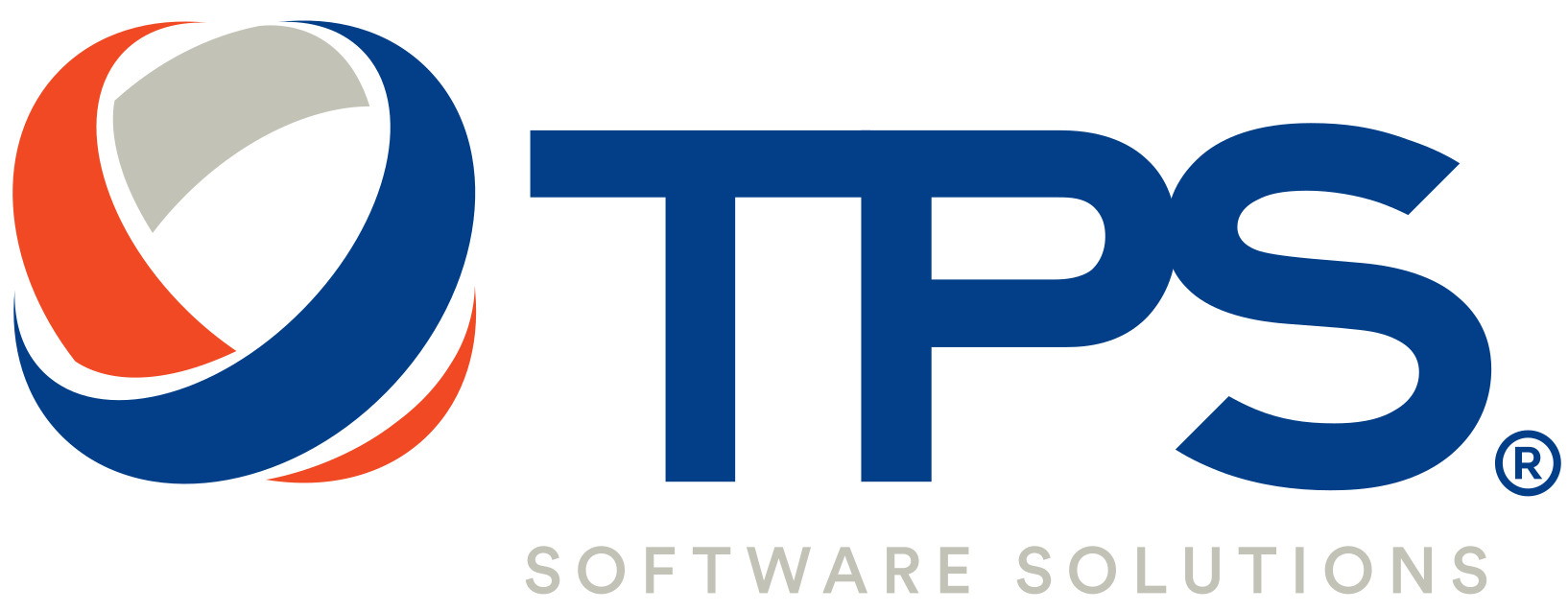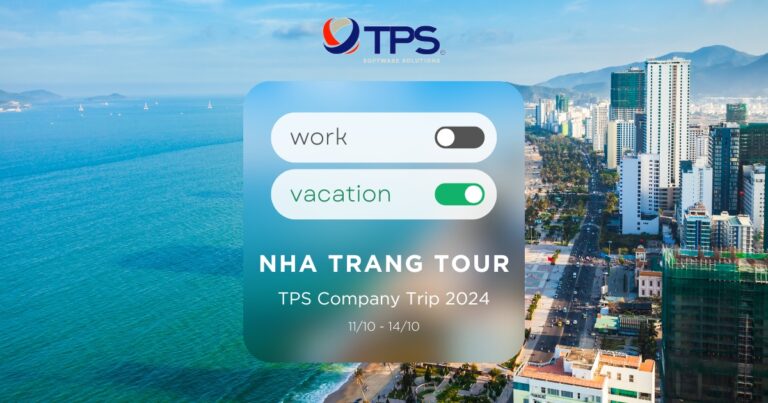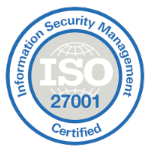Software outsourcing has gained significant momentum over the last few years, which has led to offshore companies booming all over the world, many of them promising the best service at the best price.
Building an offshore team will always be cheaper than doing it in-house. Building your offshore team at dramatically low prices might sound like a dream come true. It’s one reason offshoring is such a successful model.
So when does “cheaper” become “too cheap”? And what represents good value for money when it comes to offshore development?
In the article below, we discuss what offshore developer rates depend on, the average price of hiring developers in different countries, and how you can unlock the best value for your business.
Outsourcing Destinations
Hiring engineers in Eastern Europe and Asia, on the other hand, offers a much more economical option. The sizable talent pool (coupled with the lower cost of living in these areas) means that companies can hire the best developers for their team without paying through the nose.
Asia
Fast-developing countries in Asia have made this area become a rising software outsourcing destination. According to the 2019 GSLI, Asia dominated the ranking index with 6 over the top 7 destinations, including India, China, Indonesia, Malaysia, Vietnam, and Thailand.
Asia is the most diversified region in terms of software development hourly rates. Geographically, the region spans both cost-effective and expensive offshore destinations.
India is one of the most cost-effective offshoring options, where one can hire a software developer under $20 per hour. But much to the chagrin of cost-conscious companies, the cost savings often come at a price of low quality.
China offers moderate rates (quite similar to Eastern Europe) and a vast talent pool of qualified IT professionals. Despite the quite affordable offshoring rates of $25–$40 per hour, China’s weak IP protection, however, poses a barrier to making the most of offshoring opportunities in this country. The Chinese government supports the IT industry by providing economic incentives and investing in technology parks where software experts are nurtured.
Countries such as Vietnam, Indonesia, and Malaysia can become a happy medium in terms of quality-to-cost ratio. Programmers in Japan only earn an average of $20 per hour, although the country is rightfully considered to be the cradle of cutting-edge technologies. Senior engineers in the above-mentioned countries usually charge $25–$40 per hour.
Asia’s peculiarity is that you can come across good specialists as easily as semi-skilled ones. Moderate hourly rates combined with high-quality software solutions are a rare occurrence. An offshore software company that has entered the global IT market will be likely to charge as high as $30-$60 for a full-time software developer. As such, if you are not willing to roll the dice, it’s best to consider other regions.
Central and Eastern Europe
The region includes such countries as Ukraine, Poland, the Czech Republic, Slovakia, Romania, Moldova, Estonia, Hungary, etc.
Central and Eastern Europe boasts over 1 million software engineers, which makes it an attractive offshoring destination. With the growing number of IT professionals, the countries in this region have taken significant steps to foster the development of their IT markets.
Generally, IT professionals based in this area are deemed to offer a higher quality of work than their Asian counterparts. This can be explained by having access to a strong, European-quality academic education.
Poland takes the lead with roughly 225,000 professionals involved in IT. Ukraine is ranked second with 185,000 IT specialists. Both countries are well-positioned to be a major powerhouse of IT talent and offer competitive rates, an average of $20-$50 per hour according to PayScale.
Latin America
Latin America is well-positioned to be the preferred offshoring region for US-based companies due to the time zone that enables the teams to synchronize the workflow and communicate in real time. In addition, the continent offers cultural and social affinity, including high English proficiency.
The ease of travel is another reason why North American companies decide to opt-in for IT offshoring to this region. The geographical proximity allows visiting the offshore development team on a regular basis, which is harder to do with Eastern European teams.
Although software development rates in most Latin American countries are higher than in Asia or Eastern Europe, offshoring still remains a viable way to develop software as compared to hiring domestic resources.
The hot spots for software offshoring are Brazil, Argentina, and Mexico, where the hourly rates vary between $30–$50. The cheaper options include countries like Chile, Panama, Costa Rica, and Peru, where the cost of a full-time developer can be $15–$25.
Africa
Africa is a new entrant in the software offshoring market. At the moment, the IT job market in Africa is far from being the offshoring hot spot like Eastern Europe or Asia.
According to Accelerance, South Africa, Egypt, Morocco, Tunisia, Kenya, and Nigeria are the most promising nations that drive the IT industry on the whole continent. Morocco, Egypt, and Kenya offer an average offshore programming rate of $20.
Software development rates are higher in Nigeria and South Africa since the job market in those countries is less saturated, which makes it hard to find highly qualified developers at moderate rates. Tunisia and Morocco are preferred destinations for French-speaking clients, whereas the rest of the continent offers a vast pool of Arabic- and English-speaking talent.
Company Size Factor
Custom software development companies can be categorized according to their size and the prices that they charge. We researched such catalogs as Clutch, Good Firms, SoftwareWorld, and Think Mobile and noticed a categorization that refers to consultant and development companies which are based in the USA and Europe, and they’re as follows:
Global Software Development Companies
These top-of-the-line consultancies are comprised of both developers and consultants on staff, with their numbers often belonging to the thousands and having development centers around the world.
According to Clutch, companies that position themselves as having developers located in the USA/Europe have high costs of the projects, meaning that their services are most commonly used by big corporate companies and enterprises like Lenovo, Skype, Mercedes-Benz, Thomas Cook, FlixBus, SAS that have big budgets.
If you will hire such a company with local development centers in Ukraine the rate can be lower overall and hit $35-50 per hour for a developer’s work.
They usually position themselves as companies that work with Fortune 500 companies and fast-growing organizations/startups.
However, large prices don’t necessarily reflect their results. This is mainly due to the “all-in” methods with which these companies approach their projects, wherein they develop the whole app at once instead of creating a solid foundation and building up from there, and we noticed that with Boeing.
Besides being highly volatile, this development method requires a lot of time and money while carrying a whole lot of risk due to the inability to take user feedback into account.
Large Software Development Consulting
A slight downgrade from the former, these companies provide developments with average hourly rates between $150-$300 and are the most popular segment on the Clutch reviews site. Their services are usually offered to fairly large businesses with sizable budgets. They usually have a wide range of technologies and developers on the bench to start your project immediately. Developers can work on a few projects simultaneously, but if you are billed hourly it won’t be a problem. Such companies will mostly have a focus priority on their services like ML, IoT, Cloud, and e-commerce. If you are located in the United States or Western Europe and want to hire a local software development consultant, then you will likely pay these rates, but if you are taking a look at offshore or nearshore software development firms, their rates will be lower and depending on the country might be from $20-70 per hour.
The workforce usually consists of anywhere from one hundred up to one thousand highly talented developers located in one country, but sometimes they will have development centers in different cities.
Small Software Development Company
These mid-tier companies are ideal for business owners looking to save money while getting a solid product from companies that have very dedicated experience and expertise.
The development team’s size ranges between 10 to 100 the average hourly compensation is around $125-$200 for the USA and Western Europe teams. The project’s size starts as low as $50,000 and goes up to $5,000,000.
Lower price does have a certain risk associated with it, especially if the consultancy doesn’t have a whole lot of experience behind it. This type of company can provide lower prices because of the lower back-office spending, which may include PR, schools for developers, social projects, and others. Business owners are highly encouraged to research before engaging with a mid-tier company, but they are usually able to provide a fairly good balance between price and quality.
Boutique Agencies
These tiny agencies are run by no more than 10 developers. Depending on their experience, they’re able to complete projects meant for local startups, and small and medium-sized businesses, which are usually restricted to a single region, Sometimes they complete projects for big companies or enterprises because they have top experience in their industry or technology.
The hourly development rates can be anywhere between $75-$300 depending on the location of the agency and how they position themselves, while their projects’ base price usually starts at $10,000.
In Ukraine, we have such companies that provide a very defined type of development – web development or design or Ruby-focused company.
Due to the limited amount of workers, these small companies focus all their efforts on a single project category – design, web apps, mobile games, or others – as well as the specific language associated with it. In addition, they usually take on only one project at a time or a few small projects.
Before choosing a Boutique agency for your task do enough research in order to see whether they’ve worked on enough projects similar to yours in the past, and don’t be afraid to ask for concrete proof of the finished job or for references from other clients. If they show any signs of financial instability, steer clear – it’s not a rare case that these companies can disappear in the middle of the project. However, if you’re careful enough, they can be a very effective way to save money.
Other factors
Technology stacks
Modern tech stacks can be quite complex, and many frameworks are typically not taught in formal education. So, when you want to hire offshore developers with niche, in-demand skills, it’s going to cost you more. Developers skilled in multiple complementary disciplines will always command a higher wage, relative to their location.
For example, hiring a front-end developer to build a simple mobile application will typically cost less than a developer who is an expert in applying Machine Learning and Artificial Intelligence.
Experience level
As with all professions, those with years of experience under their belts tend to demand a higher wage. Developers who lack that experience – but who have also delivered a string of successful projects and demonstrated their technical ability – can also expect a higher salary.
Length of the project
The duration of a project is more relevant to outsourcing than offshoring. An offshore software development team is permanent and made of full-time employees with long-term goals. There’s no “if you want it sooner it’ll cost you more”-type of pricing.
How to Choose Offshore Software Development Company
Every project is unique in its own way, and the aspects that it requires are going to determine the best course of action for you. From your language to the target market, there are a lot of tiny variables that come into play here. Since they aren’t always in plain view, you’ll usually have to do some digging.
Average Rates
Don’t settle for the first offshore development center that seems to fit your needs. While it’s important to be realistic as far as your demands and expectations are concerned, there’s almost always another company that will offer the same (or better) quality at a lower price. Compare each and every company and remember – there’s a good reason why almost 60% of business owners choose to outsource.
Security & Privacy
The biggest security threat to each business is an important information leak. These are commonly caused by misunderstandings between the businesses and certain rules set in place. Before settling for a provider, make sure that you completely understand every little detail.
Each center implements different security protocols, which are further impacted by the regulations of that specific country. This should be one of the major breaking points during your search – try to pick the most strict country/company that you possibly can.
Market Saturation
The higher the number of developers for a specific language, the more competitive the prices will be. Besides that, you won’t have to spend countless hours trying to find a perfect fit since there are so many of them. Ideally, you should pick a location where the popularity of the language that you require is on the rise.
While this is not that difficult for some of the current booming technologies, the rarer your tech stack is the more you’ll have to pay. In cases like these, it’s quite beneficial to do a little bit of additional digging in order to find the most optimal solution.
Work Culture Similarities
In order to achieve a smooth workflow, the mentality of the developers has to be similar to yours. Due to the cultural differences, you might struggle in this area at the start. It’s good to trust your initial instincts since they’re most commonly going to be correct.
Other business owners who have experience in working with a certain country can be a good source of information. Take note of their thoughts – what they liked, what wasn’t as good, and how your project would fit into the bigger picture. Furthermore, you can contact the businesses in that country and ask for some details that interest you – but after all, there’s no replacement for the first-hand experience.
Look Around For References
It’s always best to learn from the mistakes of others in order to know how to avoid them. If there is a company similar to yours that takes advantage of outsourcing, maybe they’re doing business with the same country that you’re considering. You can then modify their advice to best fit your overall budget, needs, and deadlines.
———————————————————————-
Cost is critical when deciding on a trusted software outsourcing partner for a successful software development project. We hope our sharing on software outsourcing above may help you gain an overview of the industry and assist you in finding a trusted partner to accompany you on your innovation journey.
On the occasion that you are looking for a good vendor in technology, TPS Software may be what you are looking for.
TPS is located in Vietnam,the top 5 Outsourcing Location in 2019, according to the A.T. Kearney Report, which acclaims the competencies of the country in software outsourcing and leads Vietnam to various opportunities for diverse projects of software development.
TPS is led by a top management team with 20 years of experience in this industry and owns an in-house R&D team. This allows the company to be able to offer the most appropriate solutions with the good concern of the latest technology in the market to our partners
Trust is always our first priority, have your digital project outsourced with TPS to gain the commitment for your successful software project.













